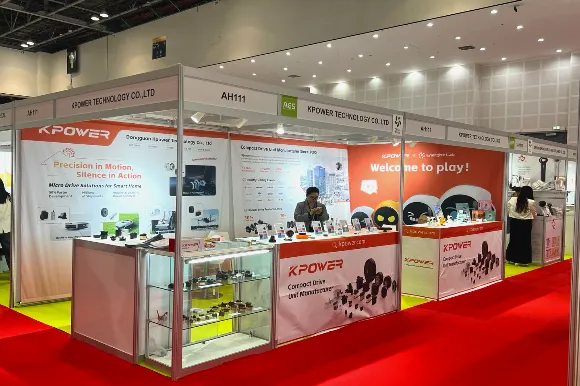Imagine a world where your ideas leap off the page and dance to your commands—where robots respond to your gestures, cameras pan and tilt seamlessly, or even art installations move rhythmically. At the core of such innovations lies a humble yet versatile component: the servo motor. Paired with the formidable Arduino Uno, a tiny microcontroller capable of extraordinary tasks, these motors unlock a universe of possibilities for hobbyists, students, and innovators alike.

In this journey, we'll unravel how to harness the power of servo motors through easy-to-write, effective code. Whether you're just starting out or looking to elevate your projects, understanding the essentials of servo control is key. So, let's begin with the basics.
A servo motor, in short, is a small device that can precisely rotate to a specific position, angle, or speed. Unlike traditional motors that spin continuously, servo motors are designed to hold or reach specific angles. They are controlled via Pulse Width Modulation (PWM), a technique where the width of a pulse determines the position of the servo arm.
Getting hands-on with Arduino Uno and a servo motor is incredibly straightforward. First, you'll need a few components:
An Arduino Uno board A standard servo motor (like the SG90 or MG995) Jumper wires A power supply (if your servo requires more current than the Arduino can provide)
Once you've gathered your components, the wiring is simple: connect the servo's power (red) and ground (black or brown) to the Arduino's 5V and GND pins, respectively, and connect the control wire (usually yellow or white) to one of the digital pins capable of PWM (like pin 9).
Now, onto the heart of the matter—the code. Arduino programming is rooted in C/C++, but it's simplified thanks to the Arduino IDE, which provides an accessible environment for coding, uploading, and debugging.
The first step involves including a specialized library designed for servo control:
#include
This tiny library abstracts much of the complexity behind controlling servo motors. It manages PWM signals internally and offers functions for setting degrees, attaching, and detaching.
Next, you'll declare a servo object:
Servo myServo;
In the setup() function, attach the servo to the appropriate pin:
void setup() { myServo.attach(9); // Attach servo to digital pin 9 }
Now comes the fun part: moving the servo. You can command it to move to specific angles using the write() method:
void loop() { myServo.write(0); // Move to 0 degrees delay(1000); // Wait for a second myServo.write(90); // Move to 90 degrees delay(1000); myServo.write(180); // Move to 180 degrees delay(1000); }
This simple program cycles the servo between three positions, pausing for a second at each. It’s an excellent way to verify everything works smoothly.
One common inquiry beginners have is about powering servos. Some powerful servos draw more current than the Arduino's 5V pin can supply reliably. In such cases, it’s wise to power the servo from an external power source, ensuring to connect the grounds together for shared reference.
But what if you want to make your project more dynamic? Let's think beyond static commands. You might want the servo to respond to user input, sensors, or pre-programmed sequences. You can achieve this with functions, conditional statements, or even sensor integration.
For example, integrating a potentiometer allows manual control over servo position:
int potPin = A0; // Analog pin connected to potentiometer int val; void setup() { myServo.attach(9); Serial.begin(9600); } void loop() { val = analogRead(potPin); // Read potentiometer int angle = map(val, 0, 1023, 0, 180); // Map to 0-180 degrees myServo.write(angle); Serial.print("Angle: "); Serial.println(angle); delay(15); }
This snippet reads the potentiometer's analog value, pixelates it into a corresponding angle, and smoothly moves the servo. The Serial monitor can be used to observe the real-time angle updates.
As you grow more confident, you might explore more complex control schemes—like integrating ultrasonic sensors to create obstacle avoidance robots or employing sensors to make art installations respond to environmental changes. The fundamental code patterns you develop here serve as a foundation.
Getting your servo to move precisely and reliably is about understanding PWM signals and using the Arduino's libraries properly. Each project introduces new challenges and opportunities to refine your code—adding smooth acceleration, multi-servo coordination, or feedback loops.
For now, focus on the basics: attach, write, and observe. Play around with different positions, timings, and input devices. The more you experiment, the more you'll discover about the possibilities lurking inside this tiny device and the simple, elegant code that brings it to life.
Established in 2005, Kpower has been dedicated to a professional compact motion unit manufacturer, headquartered in Dongguan, Guangdong Province, China.




































